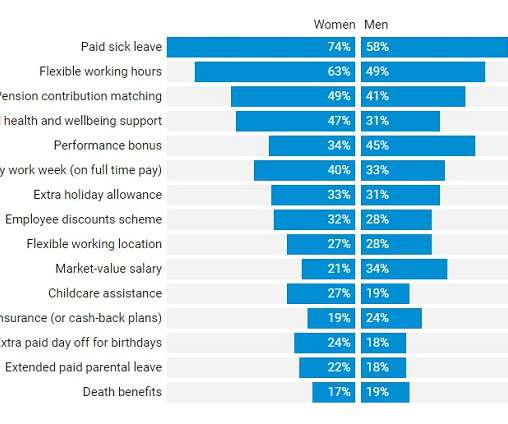Legal Obligations and Beyond: An Employer’s Guide to UK Benefits
Employee Benefits
AUGUST 8, 2023
These include: Holiday pay Statutory sick pay Auto enrolment pension Paid leave for maternity, paternity, and adoption Let’s dive deeper into these requirements. For instance, an individual working a five-day week is entitled to 28 paid leave days annually (equivalent to 5.6 weekly for up to 28 weeks.











Let's personalize your content